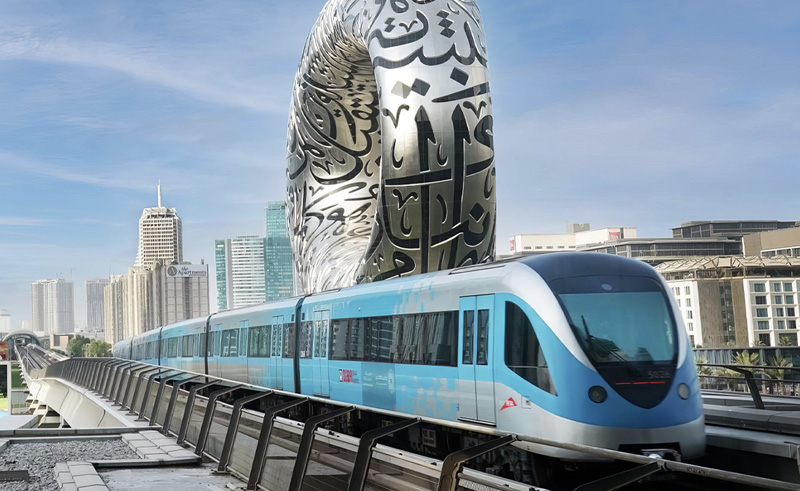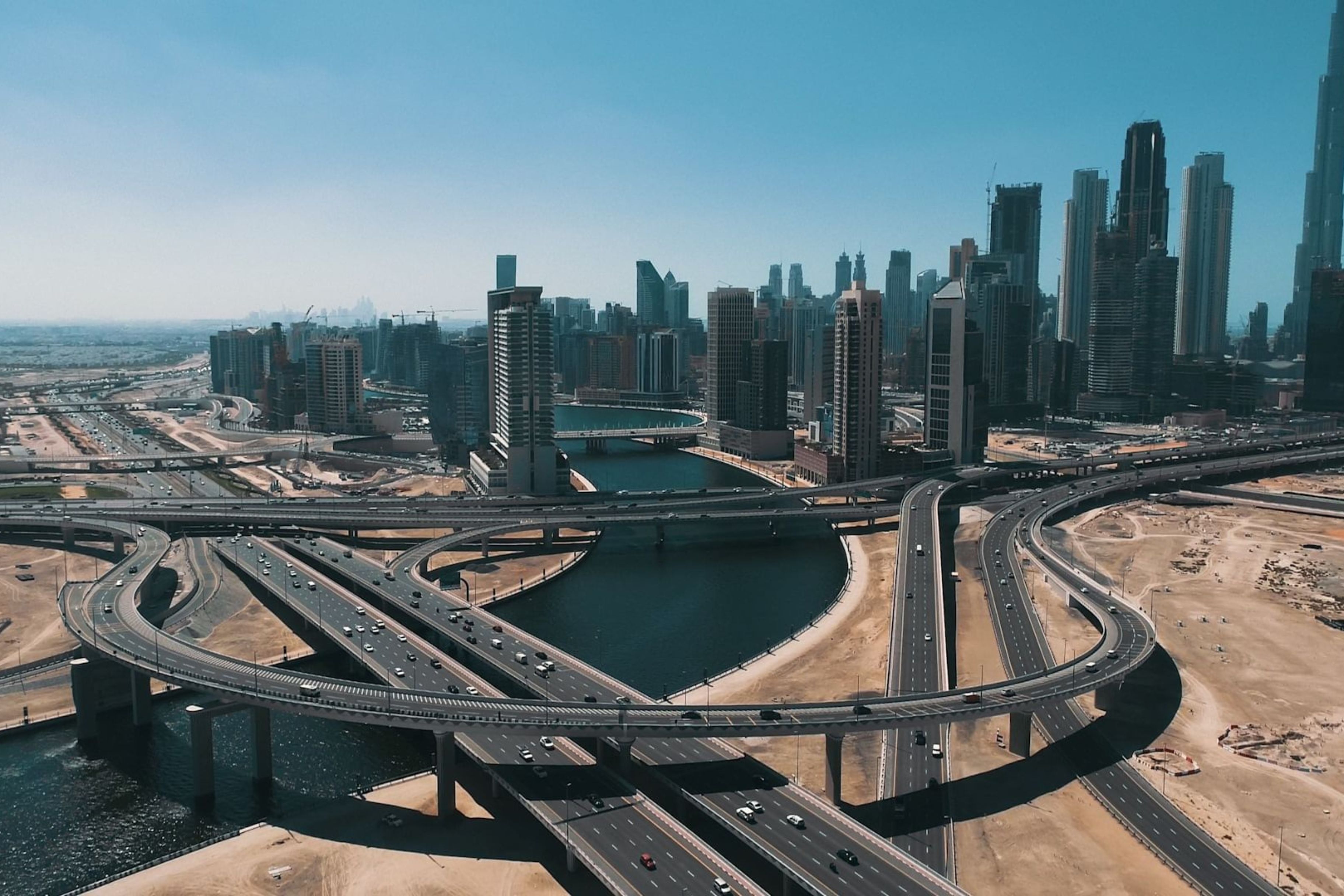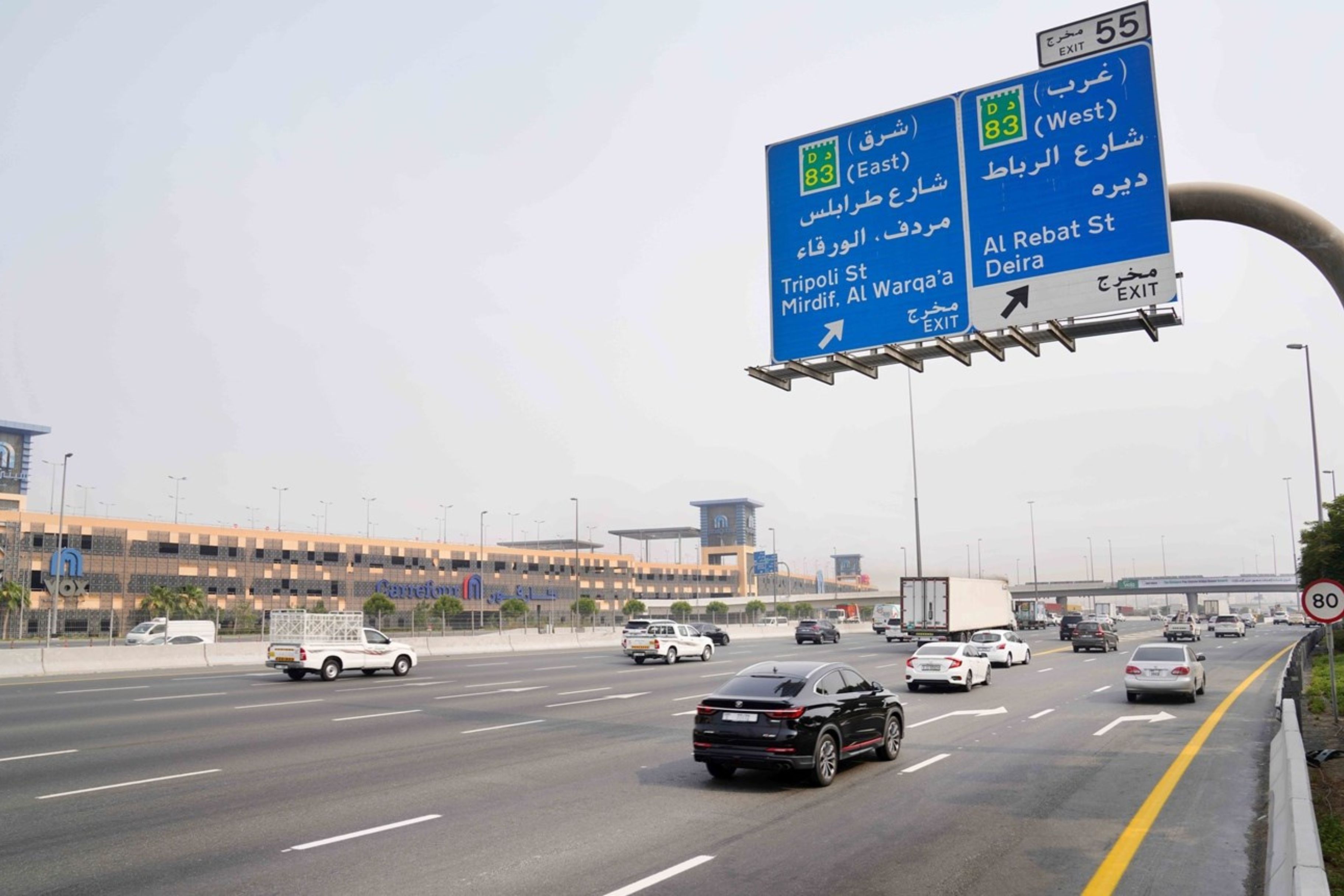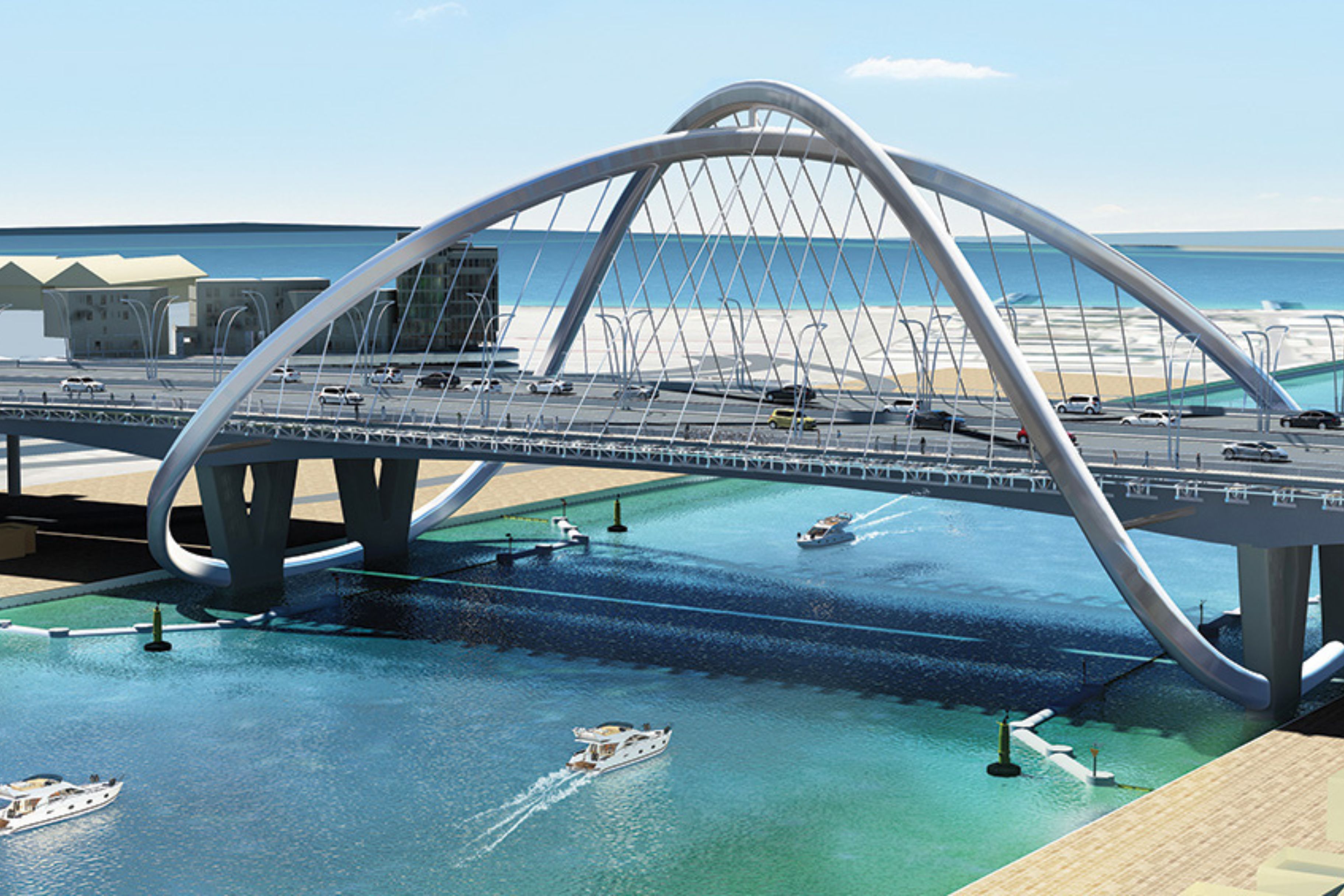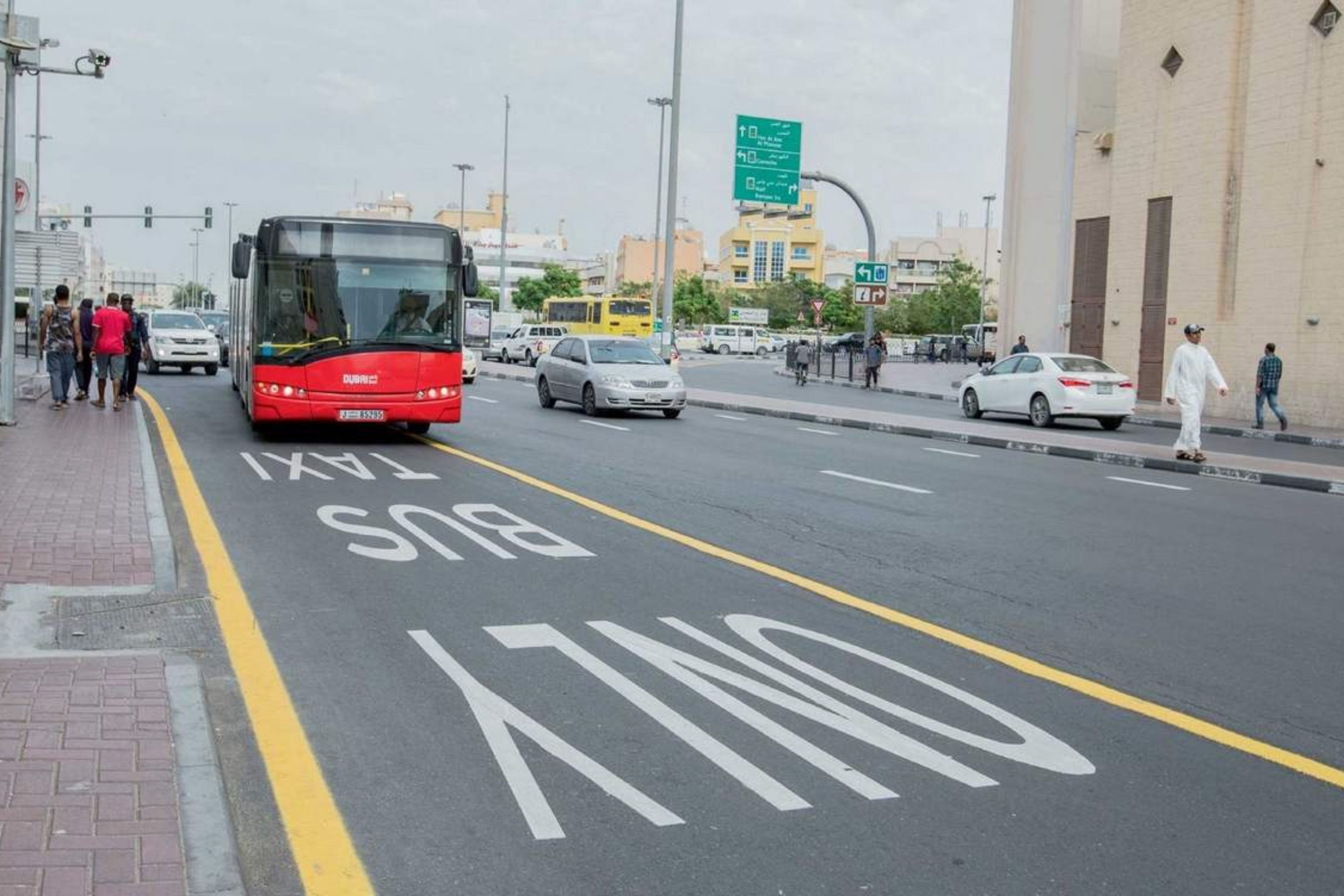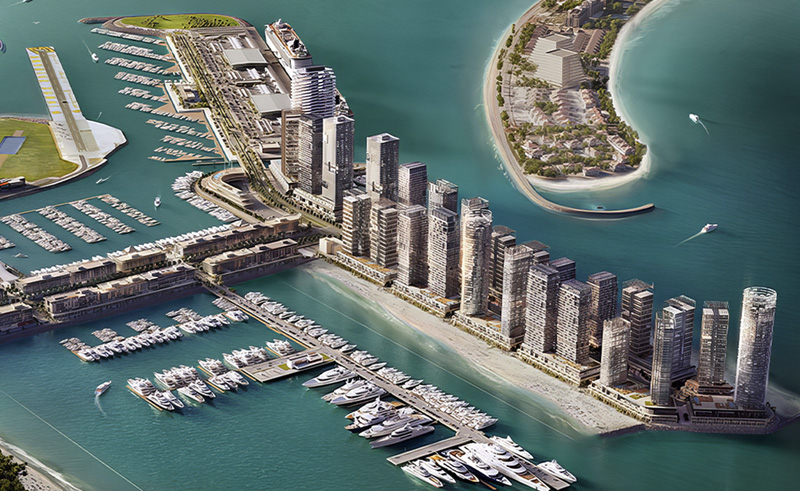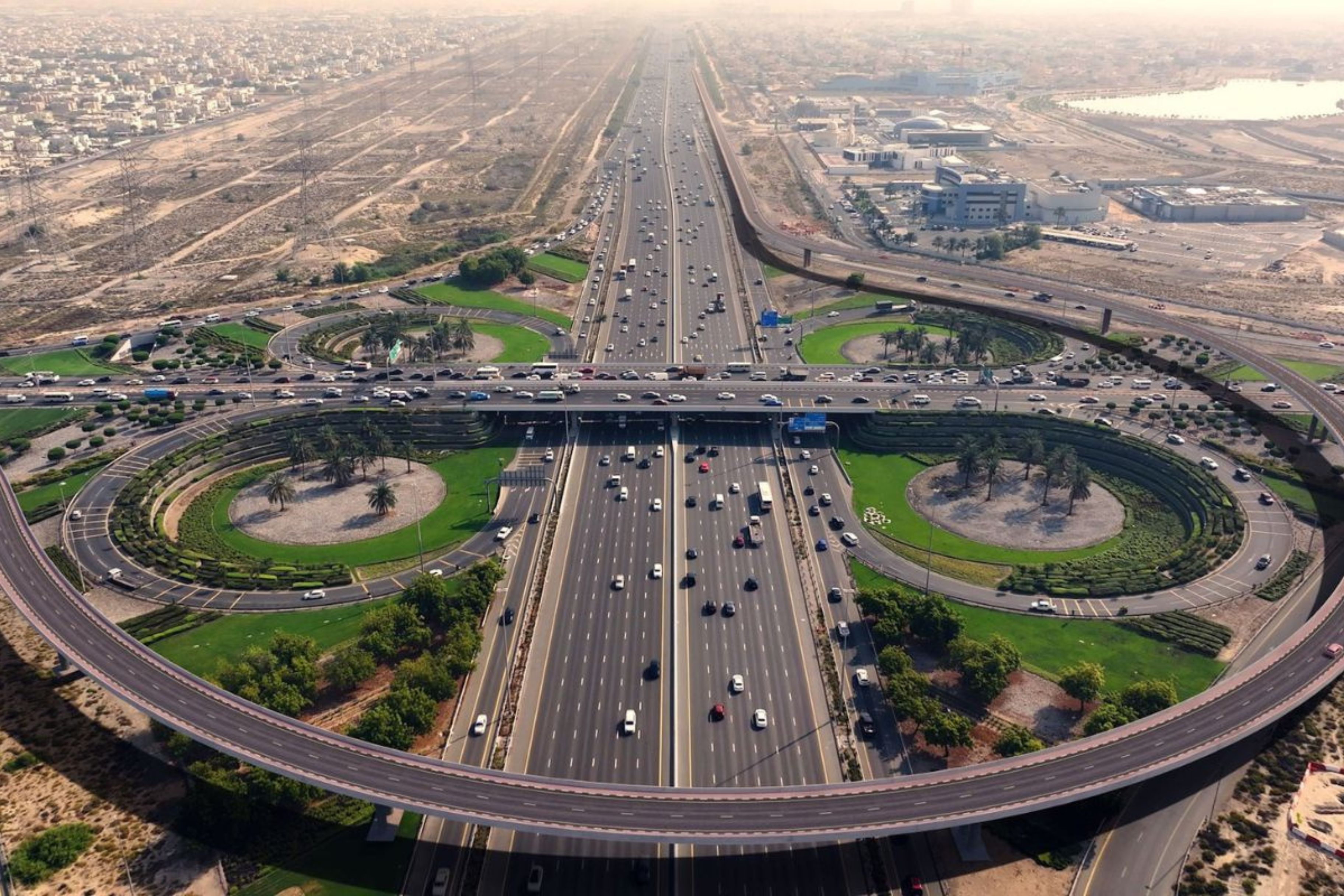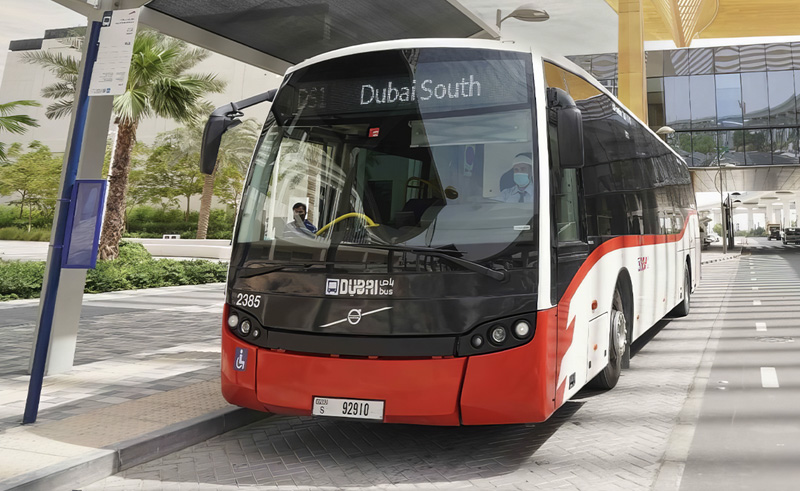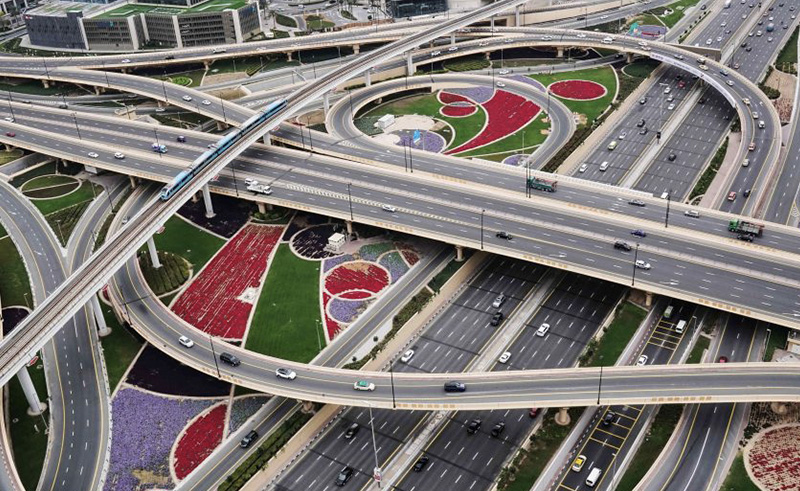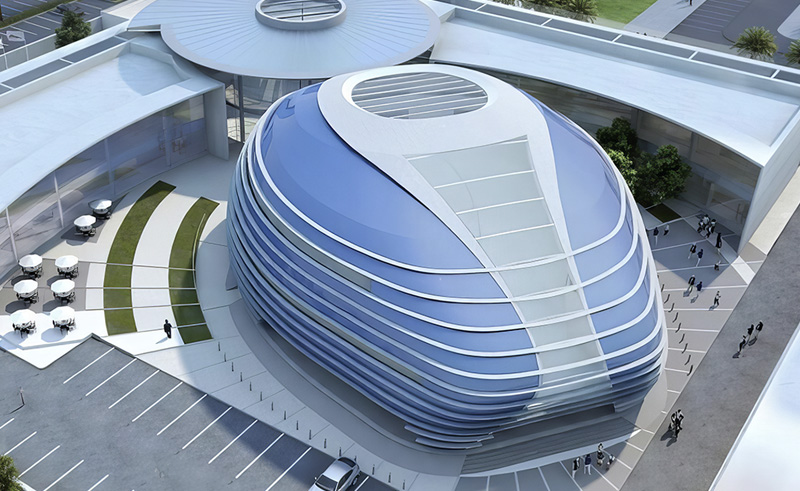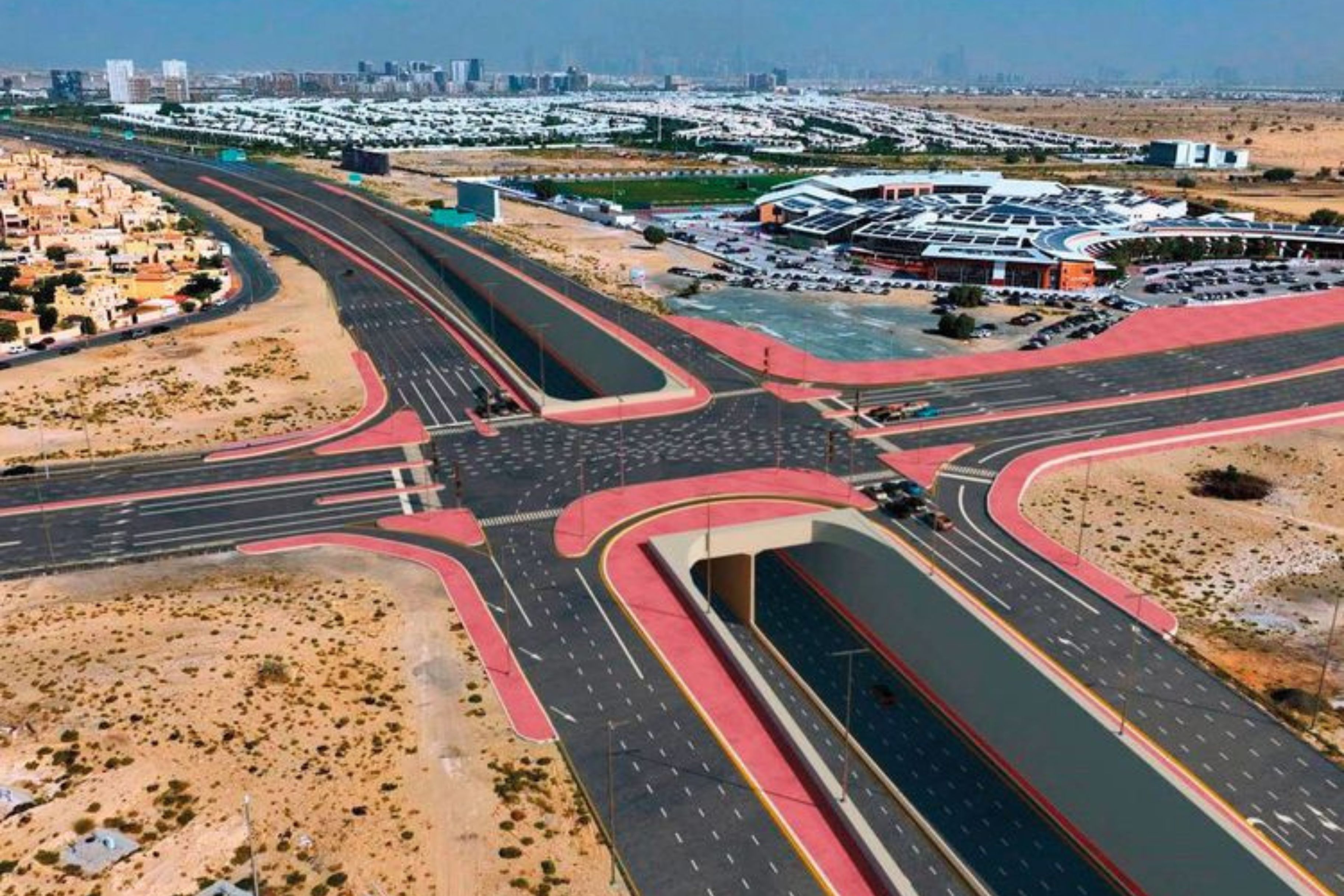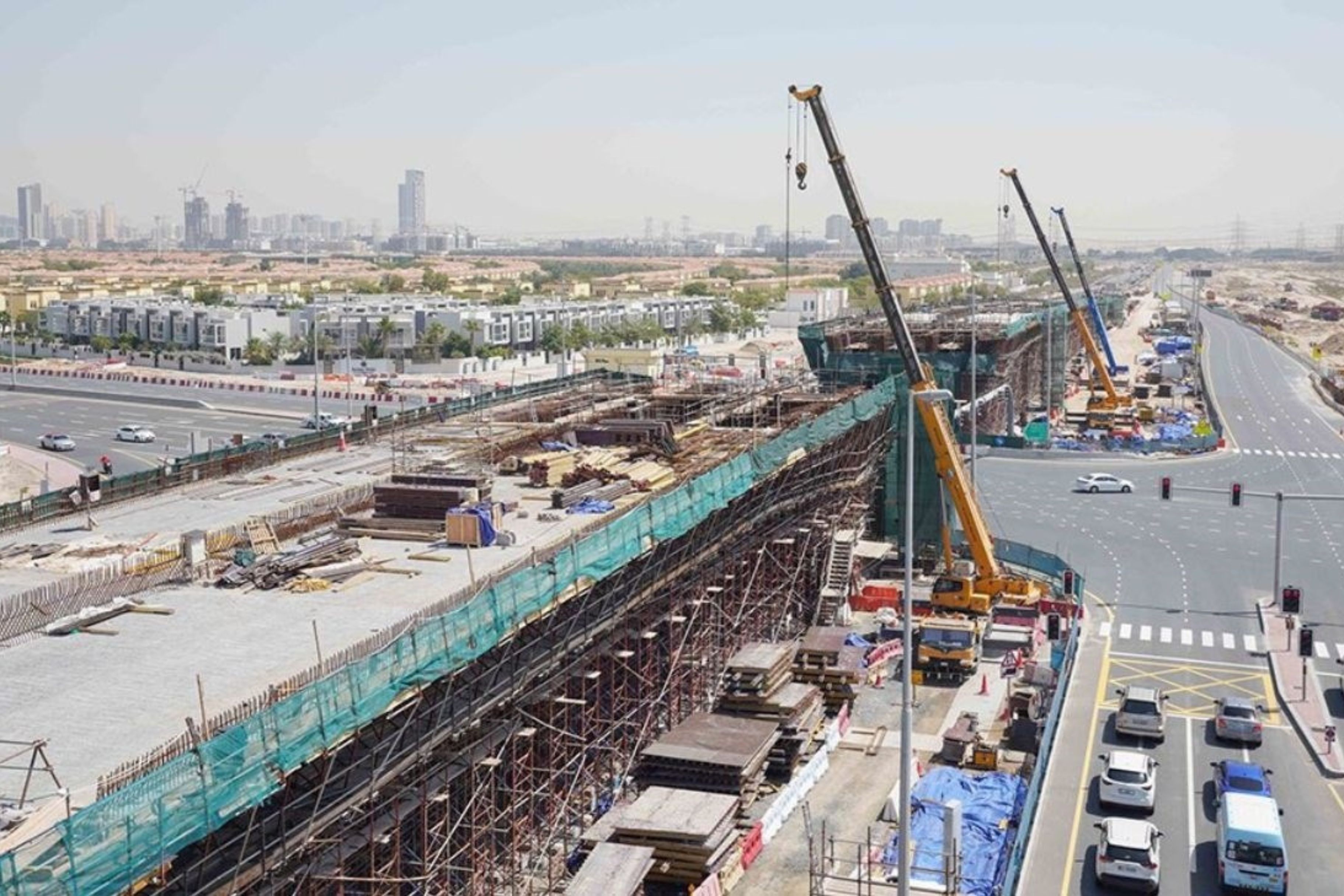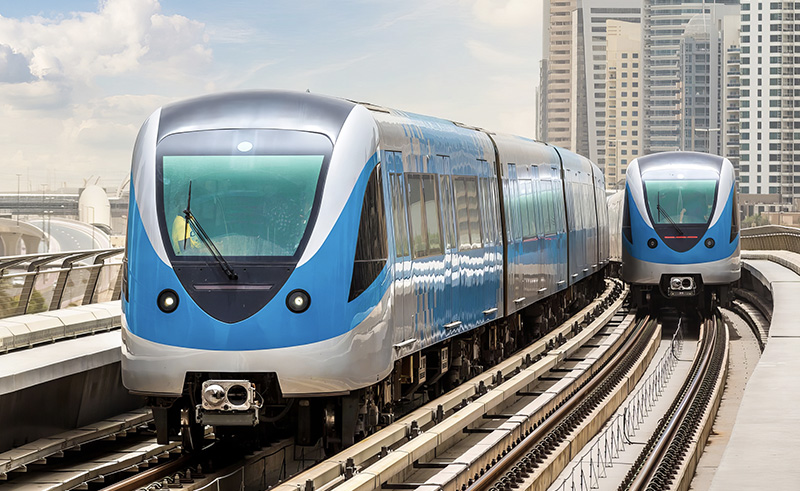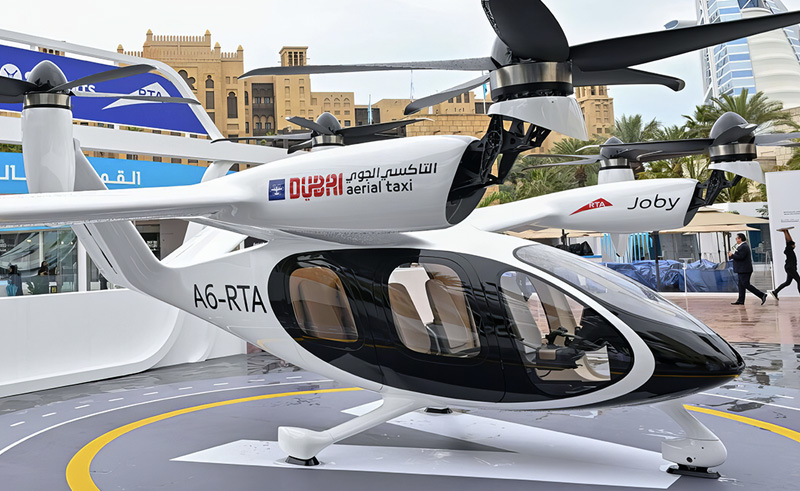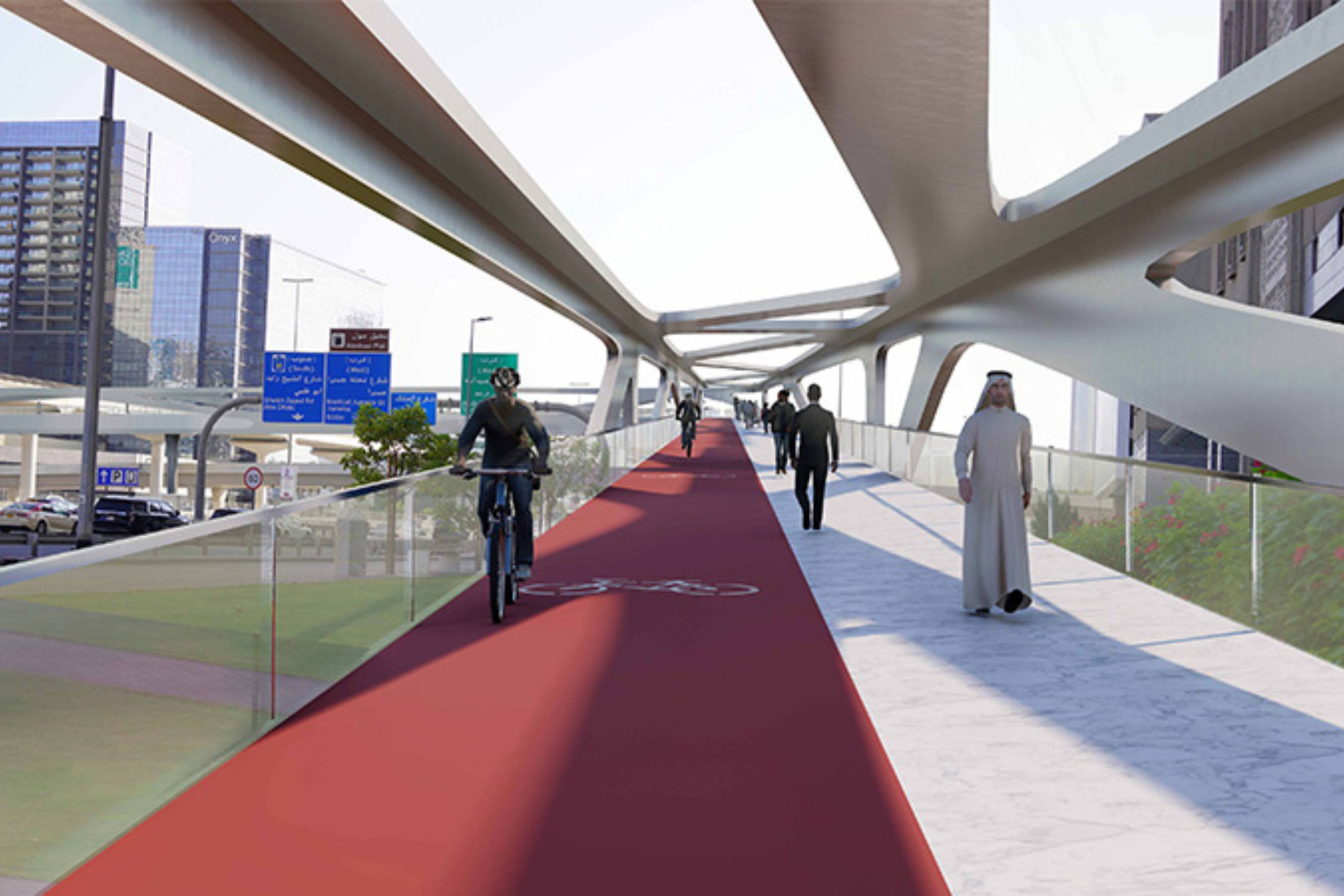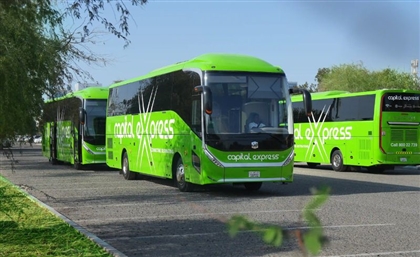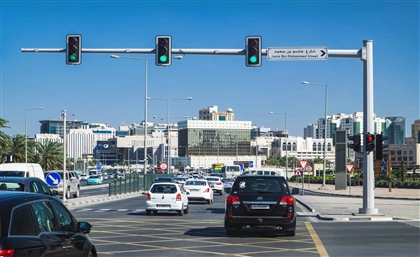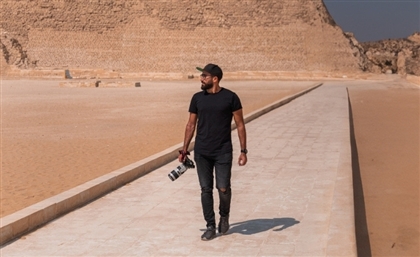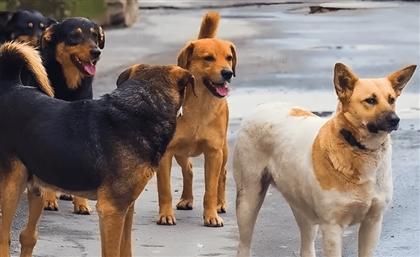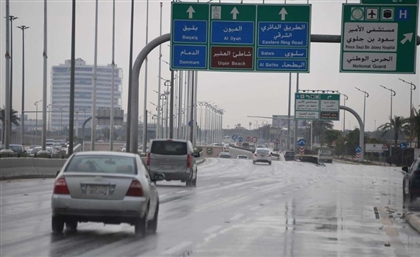The UAE is aiming to make Dubai a ‘20-minute’ city, and these 14 projects are expected to get them there by 2040.
The UAE continues on its journey to make Dubai a ‘20-minute’ city, with their Dubai 2040 Urban Master Plan, which aims to ensure that 80% of essential services are within a twenty-minute travel radius for residents. This is both to facilitate the mobility of residents and visitors, and to promote easy living and putting Dubai in a competitive position to host prestigious international events. The Dubai 2040 Urban Master Plan also aims to create transport solutions ahead of an anticipated population increase in the megacity of one million, by 2040.
Here is our digestible list of the 14 ongoing traffic and road projects in Dubai that will be pivotal to urban infrastructure in the city upon completion. Residents, pay attention. Your lives are about to get much easier.
Al Khail Road Project
Announced by the RTA in June, the Al Khail Road Project is the most recently unveiled traffic initiative in Dubai. The plan consists of a series of bridges constructed across Al Khail Road, as well as the widening of the road itself in order to divert and improve traffic flow in the direction of Abu Dhabi and Deira. With an investment of AED 700 million, the project will cover 6,820 square metres, including the neighbourhoods of Zabeel, Meydan, Al Quoz 1, Ghadeer Al Tair and Jumeirah Village Circle. One three-lane bridge spanning 700 metres at Zabeel will be able to accommodate 4,800 vehicles per hour, upon completion.
Al Rebat Street Exit
The RTA has already successfully relieved traffic congestion on Sheikh Mohamed bin Zayed Road near Mirdif City Centre, after expanding Exit 55 which was previously a hazard. Exit 55 leads to Al Rebat Street, and the expansion spans 600 metres, adding an extra lane to the road. The road now has three lanes, and the positive effect on traffic flow and safety was notable and immediate upon completion.
Al Shindagha Corridor Improvement Project
This long-running project has now reached Phase Four, a sub-project worth AED 800 million, and as of May 2024, the Al Shindagha Corridor Improvement Project is 45% complete overall. This phase sets out to extend Sheikh Rashid Road by 4.8 km, from the intersection with Sheikh Khalifa bin Zayed street to the Falcon Exchange on Al Mina Road. It also details the construction of three bridges spanning 3.1 km in total, with the capacity to accommodate 19,400 vehicles per hour across all lanes. A bridge connecting Bur Dubai and Dubai Islands has been proposed as a part of the next phase, which will then serve approximately 16,000 drivers per hour.
Dedicated Taxi and Bus Lanes
The RTA is planning on building dedicated taxi and bus lanes as long as 13.1 km on six key streets, including Sheikh Sabah Al Ahmad Al Jaber Al Sabah, 2nd of December, Al Satwa, Al Nahda, Omar bin Al Khattab, and Naif Streets. The lanes are expected to be completed in their entirety between 2025 and 2027, extending Dubai’s bus lane network to 20.1 km. Government officials hope that this initiative will encourage people to use public transport more often, over private vehicles, in line with the UAE’s environmental goals, and the Dubai 2040 Urban Master Plan.
Dubai Harbour
An AED 431 million project to introduce direct exit and entry points to Dubai Harbour area is underway. Upon completion, the flow of traffic around the Harbour will improve, and travel times around the area are estimated to be reduced from 12 minutes to as little as three minutes. The project will increase the vehicle capacity there to 6,000 vehicles an hour, through the construction of a 1.5 km two-lane bridge in each direction, extending between Sheikh Zayed Road and Dubai Harbour.
Hessa Street
An even greater investment than Dubai Harbour, the Hessa Street Improvement Project is an AED 689 million plan to improve four main intersections at Sheikh Zayed Road, First Al Khail Street, Al Asayel Street and Al Khail Road. Announced in October 2023, there are also plans to widen Hessa Street from two to four lanes in each direction, over a distance of 4.5 km. These proposals will have the capacity to serve an estimated 640,000 people by 2030, boosting the individual capacity of each Hessa Street direction to 8,000 vehicles per hour.
Addition of 636 New Buses to Dubai Roads
One of the biggest investments on this list, the RTA recently channelled AED 1.1 billion into 636 new buses to be in service on Dubai roads as soon as possible. The new buses are compliant with European specifications for low carbon emissions, with 40 of the 636 being powered by electricity - the first of their kind in the UAE - and all buses fitted with Euro 6 environmentally-friendly engines. They will all also be classified under the United Nations Vehicle Category Class II, affording them the flexibility to operate on both urban and inter-urban routes.
Sheikh Zayed Road Access to Mall of the Emirates
A new AED 165 million bridge is set to be built on Sheikh Zayed Road to cut travel times around the Mall of Emirates and the surrounding area. The 300-metre extension will offer drivers direct access to the mall’s parking lot from the main road, cutting down travel time for motorists from ten minutes to one minute, from the Abu Dhabi and Jebel Ali direction. Motorists coming from the direction of Umm Suqeim will see an almost halved journey time, from 15 to eight minutes. Work will also be done on resurfacing older sections of the road to ensure the utmost safety for the 40 million annual visitors of the mall.
The Intelligent Traffic Systems Project
The second phase of this immense project is now underway, ultimately intending to make Dubai traffic systems and roads the most intelligent and efficient in the world. Dubai will soon have 100% of their main roads covered by smart traffic technology, ensuring smoother travel. Roads will feature sensors and state-of-the-art cameras to inform drivers about travel times and road conditions, inform authorities about crashes and accidents, as well as identify speeding cars and drivers. Variable Message Signs (VMS) will help distribute traffic evenly across main roads.
Umm Suqeim Road Project
Announced in January 2024, the RTA has committed AED 332 million to the extension of the intersection between Al Khail Road and Sheikh Mohammed bin Zayed Road. The investment will also fund the construction of two bridges with three lanes in each direction, and three pedestrian bridges. This project is expected to have a butterfly effect on the rest of the city, easing congestion at a key traffic junction, and travel times between the two main roads are projected to reduce by 33%.
Garn Al Sabkha-Sheikh Mohammed bin Zayed Road Intersection Improvement Project
As of June 9th 2024, this project to open a major bridge at the Garn Al Sabkha-Sheikh Mohammed bin Zayed Road intersection was 90% completed, so Dubai drivers can expect to experience the positive effects soon. The project details the construction of four bridges totalling 2,874 metres in length, with the capacity to serve 17,600 vehicles per hour. One of the newly completed two-lane bridges is 666 metres long and serves 3,200 vehicles per hour, helping to improve traffic flow by separating the traffic coming from Sheikh Mohammed bin Zayed Road to the service road leading to the entrances of Jumeirah Golf Estate and Dubai Production City.
Dubai Metro Blue Line
The ongoing Dubai Metro Blue Line Project, announced in November 2023, is scheduled for completion in 2029, and will open on the 20th anniversary of the Dubai Metro. The new 30-kilometre route will strategically link areas around the Emirate through 14 stations, with 15.5 km running underground and 14.5 km overground. It represents significant public transport advancement due to the pending 1300-metre viaduct that will allow residents to cross Dubai Creek by metro. The Blue Line is expected to be pivotal for the Dubai 2040 Urban Master Plan, aiming to transform the city into the world’s best for living, and offering sustainable and comfortable mass transit solutions. It is anticipated to serve around 200,000 passengers daily by 2030, and 320,000 by 2040.
Aerial Taxis in Dubai by 2026
The initial phases of the Aerial Taxi Project will see launches at four prime locations: near Dubai International Airport, Downtown, Dubai Marina, and Palm Jumeirah. Flying at a speed of up to 321 km per hour, the aerial taxis will offer a high-speed travel option in high-congestion areas, cutting the journey from Dubai International Airport to Palm Jumeirah down to ten minutes, as opposed to 45 minutes by car. The vertiports, where the taxis will vertically take off and land, will feature passenger areas, security checks and electric charging stations. The taxis themselves will be able to accommodate four passengers in addition to the pilot.
13.5-Kilometre Track for Bicycles, Scooters, and Pedestrians
Finally, a major project for pedestrians and cyclists! An additional part of the Hessa Street Improvement Project, a track is being constructed for pedestrians, cyclists and e-scooters. At 13.5 km in length and 45 metres in width, the track features two bridges over Sheikh Zayed Road Al Khail Road, both spanning approximately 500 metres. The track will serve twelve residential, commercial and educational areas, improving green, urban connectivity for up to 5,200 users per hour.
